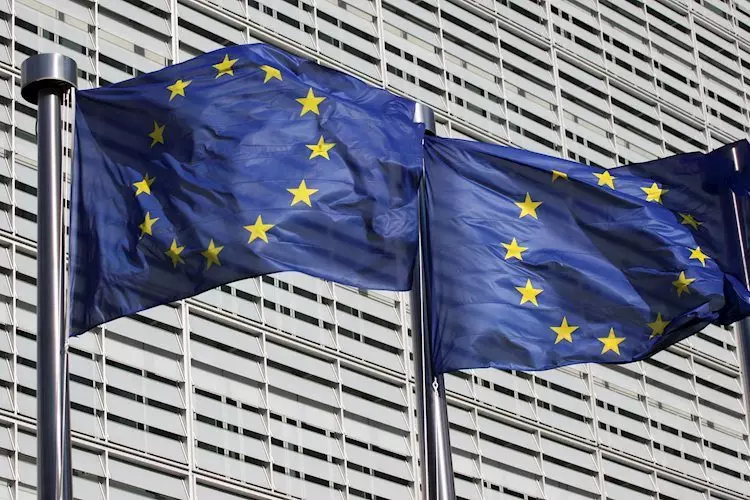The Eurozone has recently unveiled intriguing data regarding its retail sales, with figures indicating a remarkable increase of 2.9% year-over-year in September. This surpasses market expectations which had forecasted a more modest rise of 1.3%. Furthermore, the month-over-month statistics reveal a solid growth of 0.5%, significantly enhancing the outlook in contrast to the previous month’s revised figure of 1.1%. Such performance emphasizes the resilience of the Eurozone’s consumer sector, boding well for economic stability and the broader financial landscape.
September’s retail sales figures build on a previous upward trend, as August had registered a revised increase of 2.4%. This continuity in growth illustrates not just seasonal adjustments but a normalization in consumer spending patterns across the Eurozone. Analysts may argue that these persistent increases reflect consumer confidence returning post-pandemic, driven by decreasing inflation rates and a relatively stable labor market. This positive momentum encourages optimistic projections for the upcoming months, painting a picture of sustained retail vitality.
Interestingly, despite the robust data release, such figures failed to stimulate a substantial rise in the Euro’s value against major currencies. At the time of the announcement, the EUR/USD trading pair illustrated only a minor uptick of 0.21%, with the exchange rate hovering around 1.0750. This indicates that while the data is encouraging, it may not be sufficient to sway investors’ sentiments significantly. Factors such as geopolitical tensions, inflation concerns, and other macroeconomic variables could be overshadowing this retail performance, keeping the Euro relatively subdued in the currency markets.
The Eurozone’s retail sales figures should be interpreted within the broader economic context. While the increase appears promising, persistent inflation and potential interest rate adjustments by the European Central Bank loom large over consumer behavior. If inflation remains elevated, future consumer spending may be impacted as households adjust to tighter budgets. Thus, the sustainability of these positive retail sales figures will largely depend on economic policymakers’ actions to mitigate inflation without stunting growth.
The Eurozone’s retail sales figures for September present a situation of cautious optimism. While exceeding expectations and showcasing a developing trend of growth, the lingering uncertainties within the economy warrant a close examination of future monetary policies and market conditions. As consumers navigate the complexities of a post-pandemic world, retail performance will be a key indicator to watch, closely linked to broader economic health and stability in the Eurozone.


Leave a Reply